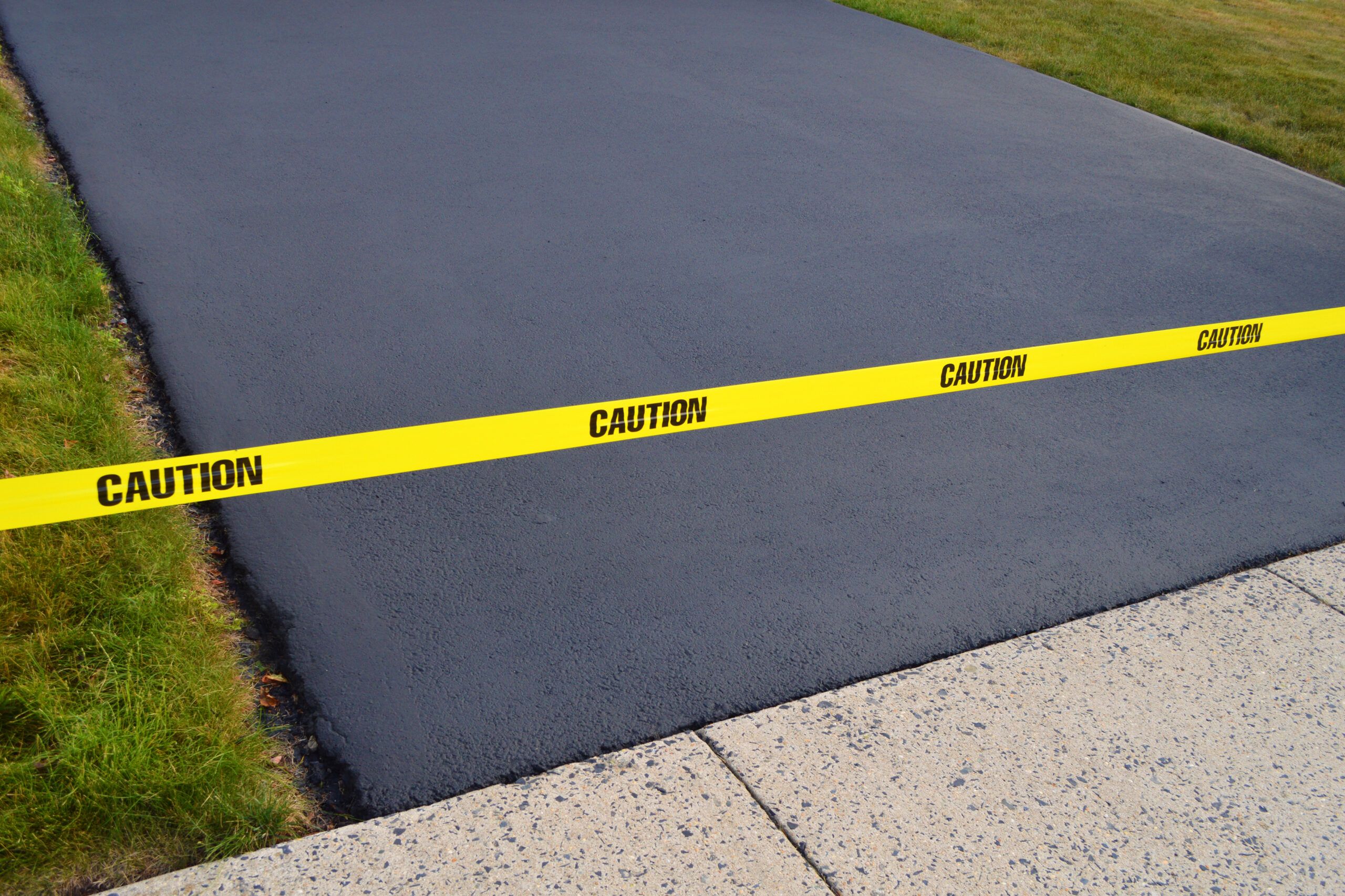Prolong Pavement Life Expectancy: Ingenious Cold Mix Asphalt Sealing
Prolong Pavement Life Expectancy: Ingenious Cold Mix Asphalt Sealing
Blog Article
Cold Mix Asphalt Vs. Hot Mix Asphalt: Which Is Right for You?

Composition Distinctions
Cold mix and hot mix asphalts differ significantly in their structure, with unique features that affect their performance and applications. Cold mix asphalt is produced by emulsifying the asphalt binder with water and an emulsifying representative prior to blending it with aggregate. This approach allows for the asphalt to be workable at reduced temperature levels, making it perfect for short-lived repairs and for use in colder weather. Hot mix asphalt, on the various other hand, is manufactured at heats, typically in between 300-350 ° F, which assists to achieve much better compaction and an extra sturdy last item. The hot mix asphalt production process entails heating up the aggregate and asphalt binder individually before combining them at the asphalt plant.
In addition, cold mix asphalt tends to be less dense and more versatile than hot mix asphalt. This flexibility makes it much better fit for areas with greater levels of motion, such as driveways or roadways with hefty traffic. In comparison, warm mix asphalt is known for its high durability and resistance to rutting and cracking, making it a preferred selection for freeways and high-traffic roadways where durability is critical.
Setup Refine Differences
The process of installing chilly mix and warm mix asphalt shows notable variances in their demands and treatments. In comparison, warm mix asphalt demands an extra fancy installation process. Due to the home heating requirements, warm mix asphalt installations are generally lugged out by professionals with specialized equipment, making sure a more structurally sound and long-term result.
Resilience and Longevity Variables
When taking into consideration asphalt options, durability and long life are essential aspects to examine for lasting pavement performance. Hot mix asphalt (HMA) is understood for its phenomenal resilience and longevity.
In terms of long life, HMA normally surpasses CMA due to its premium strength and resistance buildings. HMA sidewalks have a longer service life, calling for less constant repairs and maintenance, which can translate to cost savings in the future. Additionally, HMA sidewalks are more quickly personalized to meet details job demands, even more improving their resilience.
Cost Considerations
Considering the financial effects is an important facet when assessing the choice between warm mix asphalt (HMA) and chilly mix asphalt (CMA) for pavement tasks. While the initial cost of hot mix asphalt is normally greater than that of chilly mix asphalt, HMA commonly provides a more cost-efficient remedy in the lengthy run due to its premium More about the author durability and long life. HMA is understood for its ability to endure rush hour loads and severe weather condition problems, decreasing the need for regular repair work and maintenance. On the various other hand, chilly mix asphalt is much more affordable ahead of time but may call for more regular patching and resurfacing, leading to greater upkeep expenses gradually.
In addition to material prices, it's necessary to take into consideration the costs associated with setup and maintenance when comparing HMA and CMA. HMA generally needs customized devices and knowledgeable labor for correct installation, which can affect general project prices. On the other hand, CMA is easier to deal with and can often be used using less complex methods, potentially reducing installation expenses. Inevitably, the decision between HMA and CMA should basics consider not just the first cost however likewise the long-lasting monetary implications to establish one of the most cost-effective option for the specific pavement task.
Environmental Influence Contrast
Contrast of the environmental impacts in between warm mix asphalt (HMA) and cool mix asphalt (CMA) exposes distinctive distinctions in sustainability techniques. HMA manufacturing needs high temperatures, bring about raised power intake and greenhouse gas emissions. The process additionally releases volatile organic substances (VOCs) and hazardous air contaminants (HAPs) into the ambience. In contrast, CMA is created and applied at lower temperatures, reducing energy usage and discharges substantially. The reduced manufacturing temperatures of CMA cause reduced gas intake and lower degrees of CO2 emissions, making it an extra environmentally pleasant option.
In addition, making use of CMA usually involves recycling existing asphalt pavement, advertising source conservation and decreasing the quantity of waste sent to landfills. This recycling facet better boosts the sustainability of CMA contrasted to HMA. Generally, when thinking about the ecological effect, CMA becomes an extra environmentally sustainable choice as a result of its reduced power demands, decreased discharges, and content the possibility for reusing existing materials. By selecting CMA over HMA, road construction jobs can add positively to environmental conservation initiatives.
Verdict
In final thought, the option in between chilly mix asphalt (CMA) and hot mix asphalt (HMA) relies on different factors such as structure, installation procedure, toughness, durability, cost, and ecological impact. asphalt repair. While CMA uses a affordable and fast solution for minor repair services, HMA makes certain remarkable resilience and long life for rush hour locations. Think about these variables carefully to figure out which kind of asphalt is the best option for your paving requires

Considering the economic implications is a critical facet when assessing the selection in between warm mix asphalt (HMA) and cool mix asphalt (CMA) for sidewalk tasks. While the first cost of warm mix asphalt is generally greater than that of cold mix asphalt, HMA frequently supplies an extra affordable option in the long run due to its premium resilience and long life. asphalt repair.Comparison of the ecological influences in between hot mix asphalt (HMA) and chilly mix asphalt (CMA) discloses unique distinctions in sustainability techniques.In conclusion, the option between cool mix asphalt (CMA) and warm mix asphalt (HMA) depends on various elements such as composition, installation process, resilience, durability, cost, and ecological effect
Report this page